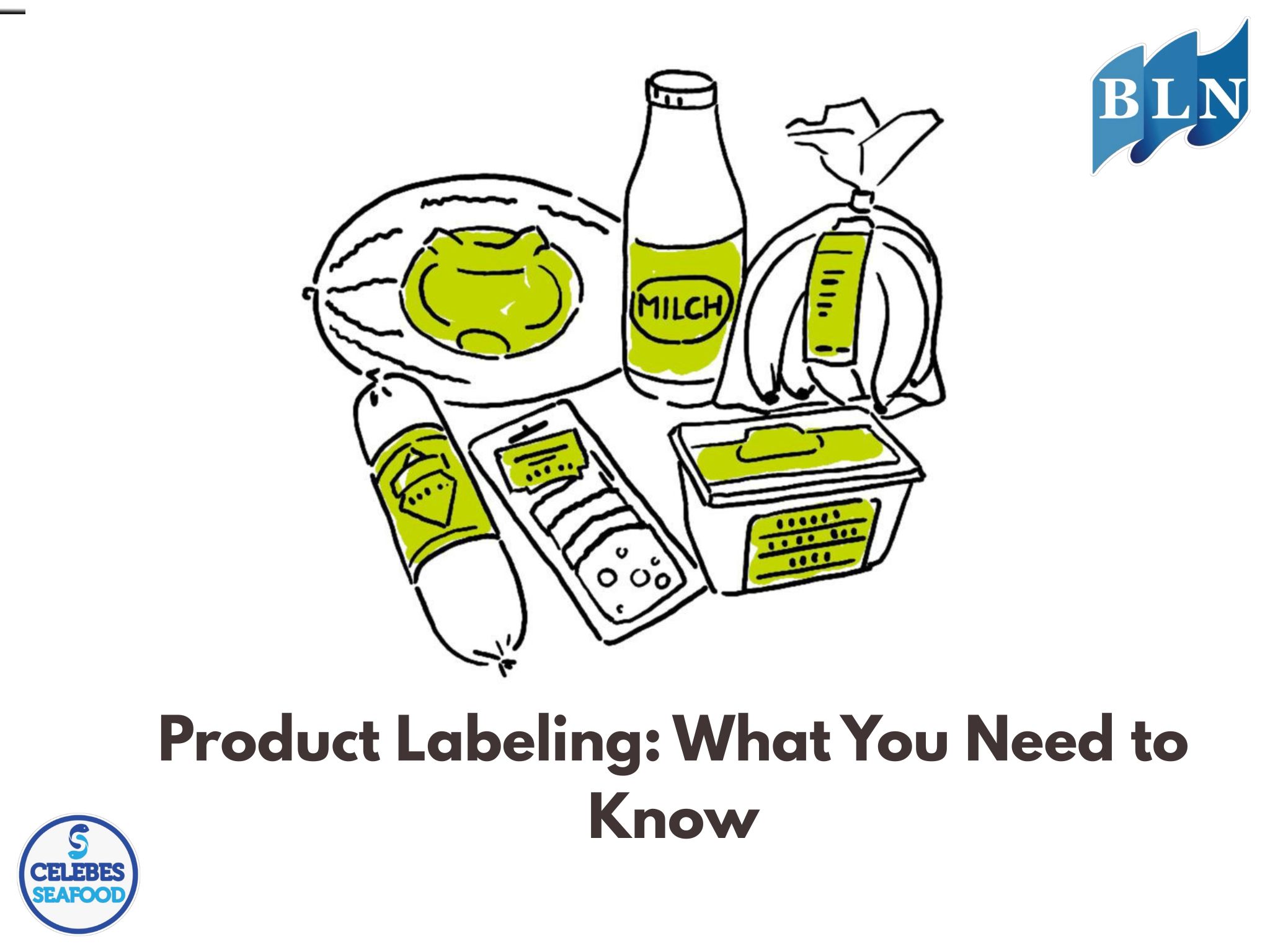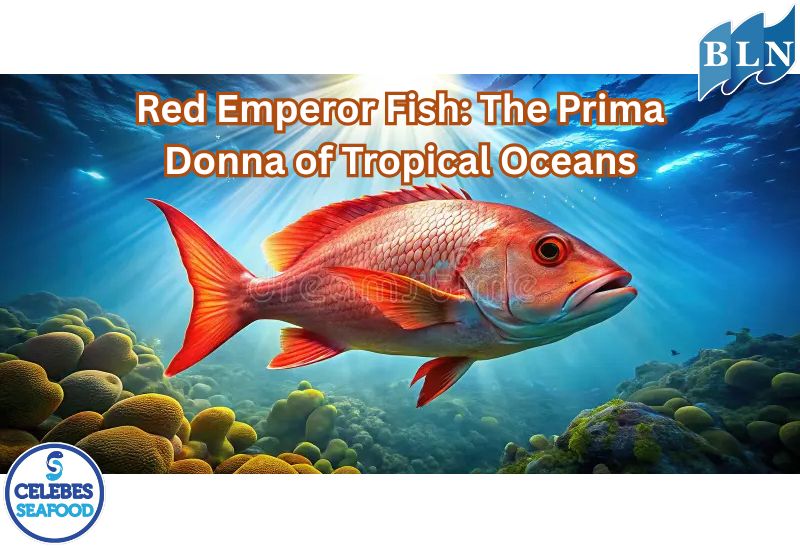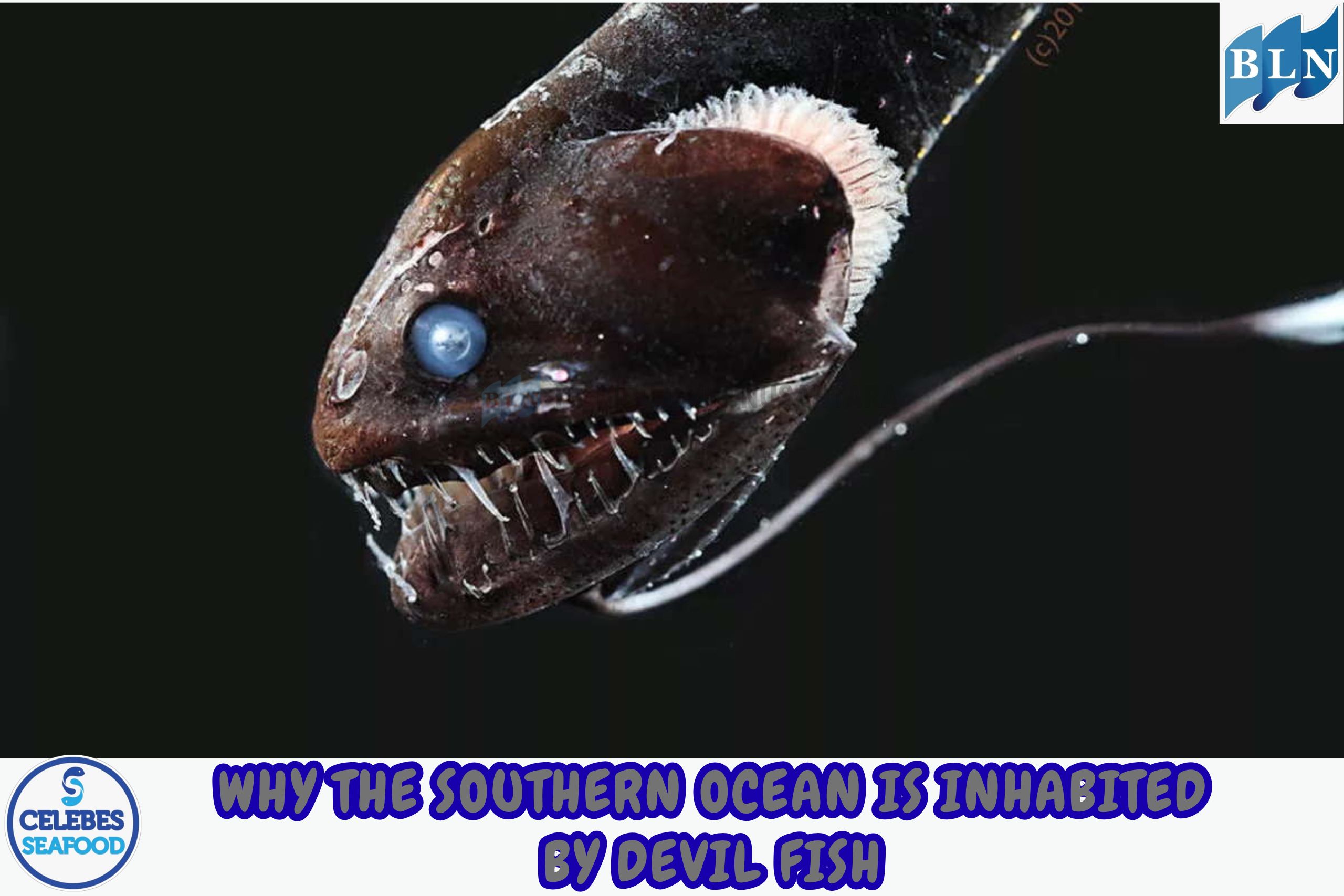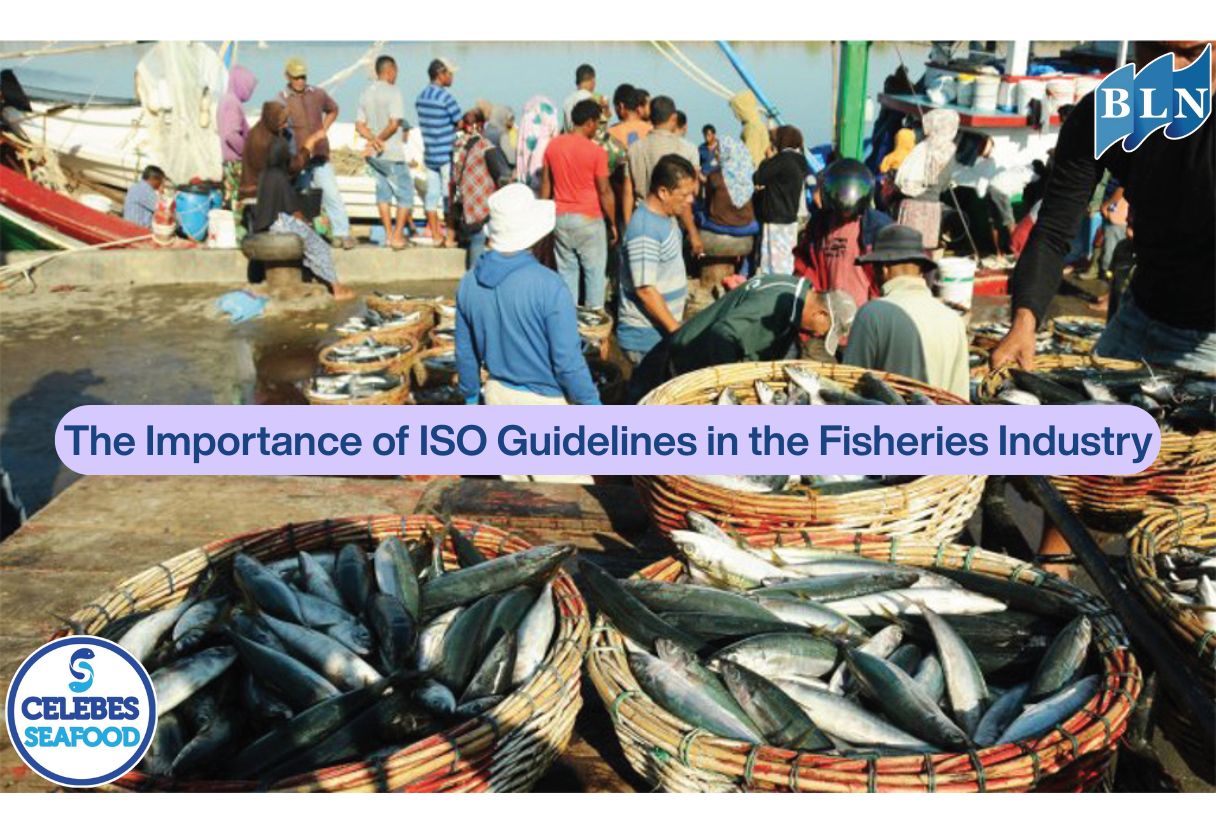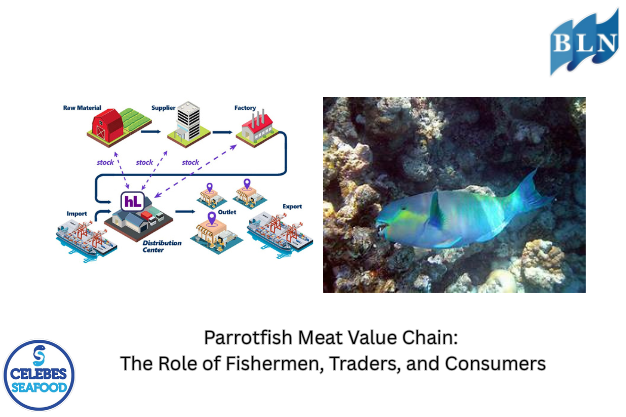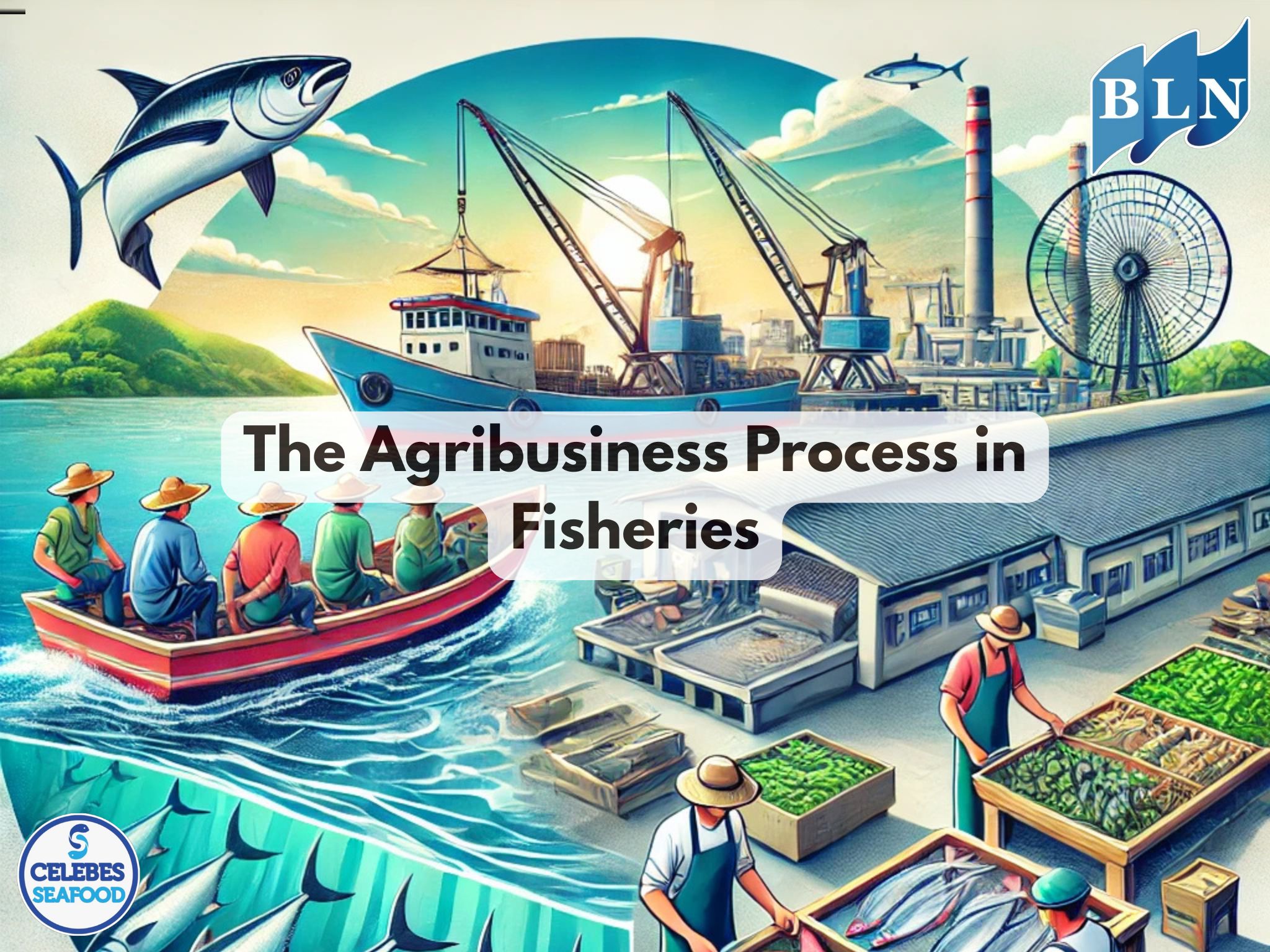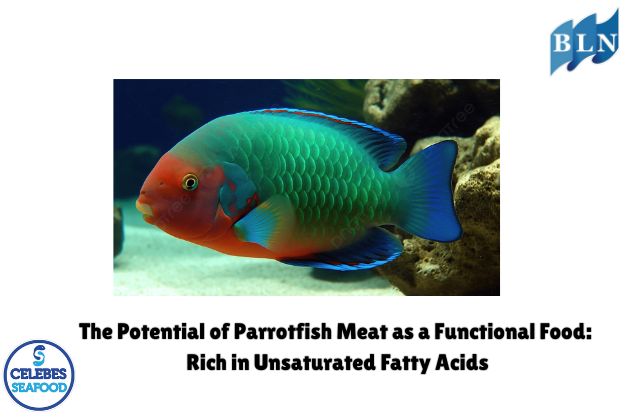Fish Canning Process to Preserving Fish
By. Nevanda - 06 Apr 2023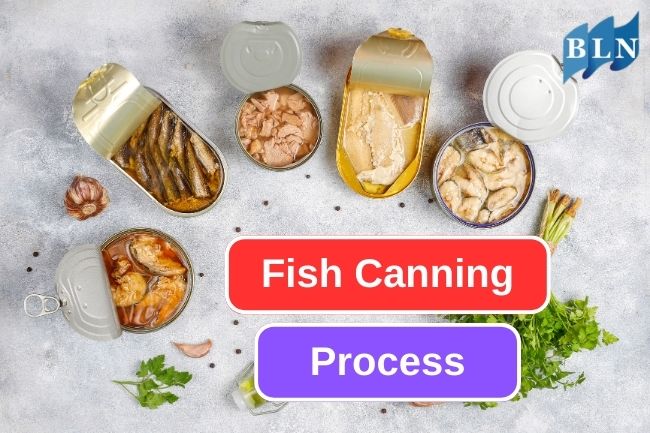
lautnusantara.com - Canning is the expensive process of fish preservation and hence it is not commonly used. However, it is widely used in advanced countries like America, France, Japan, and Spain. This is a lengthy, complicated but very advanced process of preservation.
In this process, the best quality fishes are selected and their heads and viscera are removed. Then these eviscerated fishes are treated with brine (saltwater), washed, dried, and cooked in olive oil. This process is used to remove excess water for 2 to 5 minutes. Then the cooked fishes are packed in olive oil in tins and sealed and sent to markets.
Read also: Learn 5 Ways To Preserving Fish
Canned seafood falls into two categories from a bacteriological point of view: fully processed commercially sterile products and semipreserved products. The fully processed products include canned tuna, salmon, shrimp, crab, sardines, and other fish, fish balls, and so on. The heating process applied to these products is designed to destroy pathogenic bacteria and normal numbers of other organisms.
Fish is a low acid food and can be processed safely only at temperatures reached in a pressure canner. Failure to heat process fish at 240°F (115°C) or higher may allow spores of the dangerous heat-resistant bacteria, Clostridium botulinum, to survive, germinate, and grow. The poison produced by botulinum bacteria causes botulism, a deadly food poisoning. The addition of small amounts of vinegar, or packing fish in tomato juice or tomato paste, does not remove the requirement for heat processing fish in a pressure canner.
Read also: This Is How to Freezing Fish Properly
Canning is one of the most popular methods of fish preservation and provides a typical shelf life range from 1 to 5 years. Canned fish are processed at about 113–160 °C, sealed in airtight containers (sealed tin can) and heated with a specific temperature for a determined time. The weakest point of the canned product is in the center of the can, where temperature increase is slower and hence affects the processed product for the shortest time.

